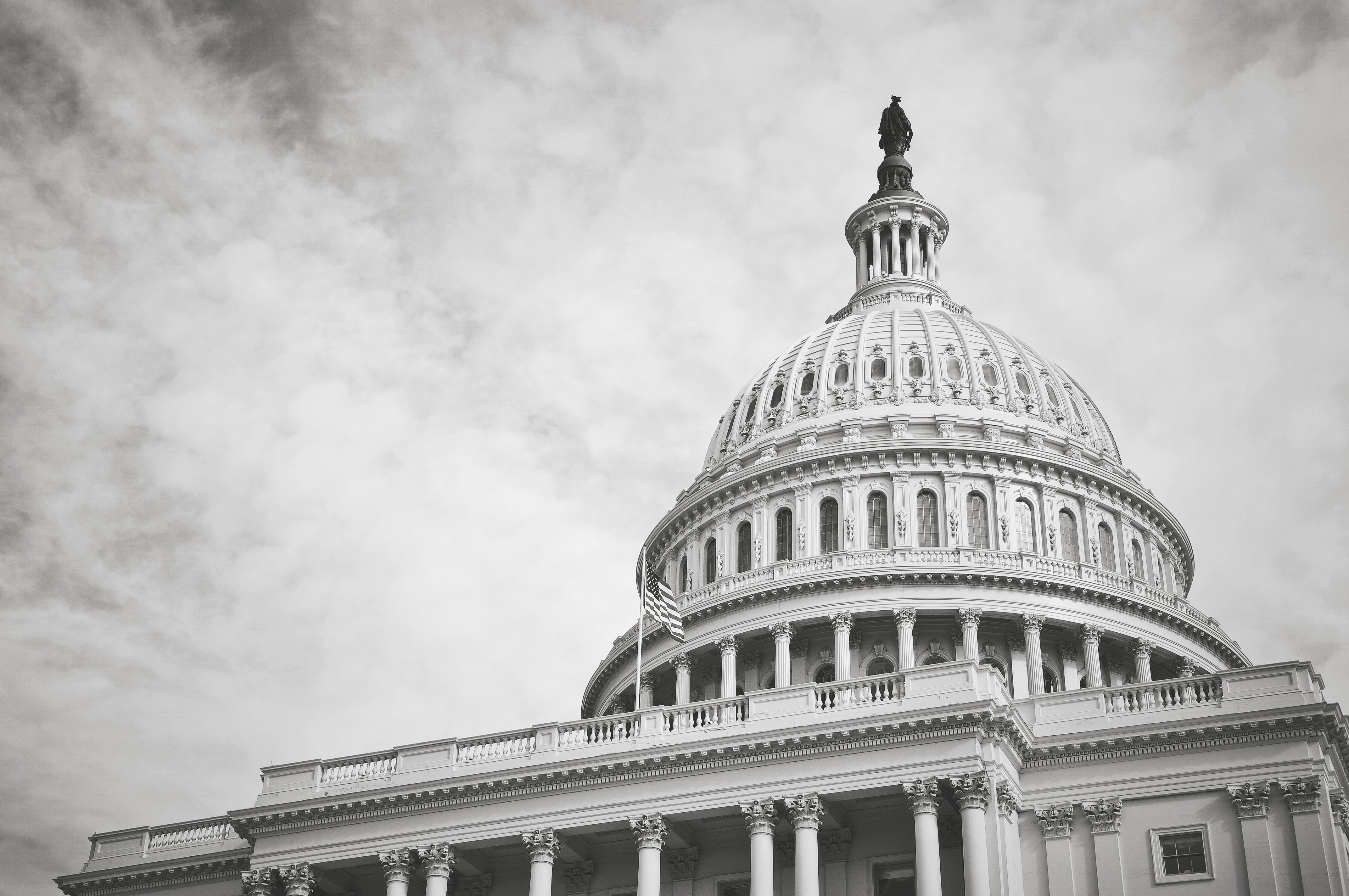In an earlier post, we discussed asynchronous modalities from the patient’s perspective, which also provides an introduction to asynchronous modalities:
By design, asynchronous modalities, also called ‘store-and-forward,’ sacrifice real-time, in-person communication between a patient and their medical team for remote asynchronous (not in real-time) communication. There are many positive reasons as to why both the patient and the provider would agree to, and even prefer such an arrangement. There are similarly many reasons as to why asynchronous modalities are inappropriate for handling certain cases.
Read the entire article: Why Asynchronous Part 1; How Patients Benefit
This article will focus on the benefits asynchronous modalities can offer providers and their physicians.
Access for Patients
Asynchronous modalities open access to patients outside of a provider’s primary service area. For second opinion programs, patients are typically making the request due to navigating an especially rare or complex health issue. These patients often do not have the same caliber of expertise in their local area, or are not getting the results they want. Asynchronous modalities connect the patient, and often the referring physician as well, to experts with deep specialties in their particular condition or disease. Access to specialty care is a great need for millions of Americans, asynchronous solutions take a step towards providing equitable access.
Strategic Growth for New Revenue Sources
More than three years following the start of the pandemic, a lot has happened, but it seems that everyone can agree on one thing - healthcare as we know it has changed. Definitive Health reports that 76% of hospitals have implemented some form of telehealth, a 42% increase from 2019. In our earlier post, we discussed the rising demand and preferences of patients for telehealth modalities for access, cost and convenience, driving providers and payers to meet demand.






